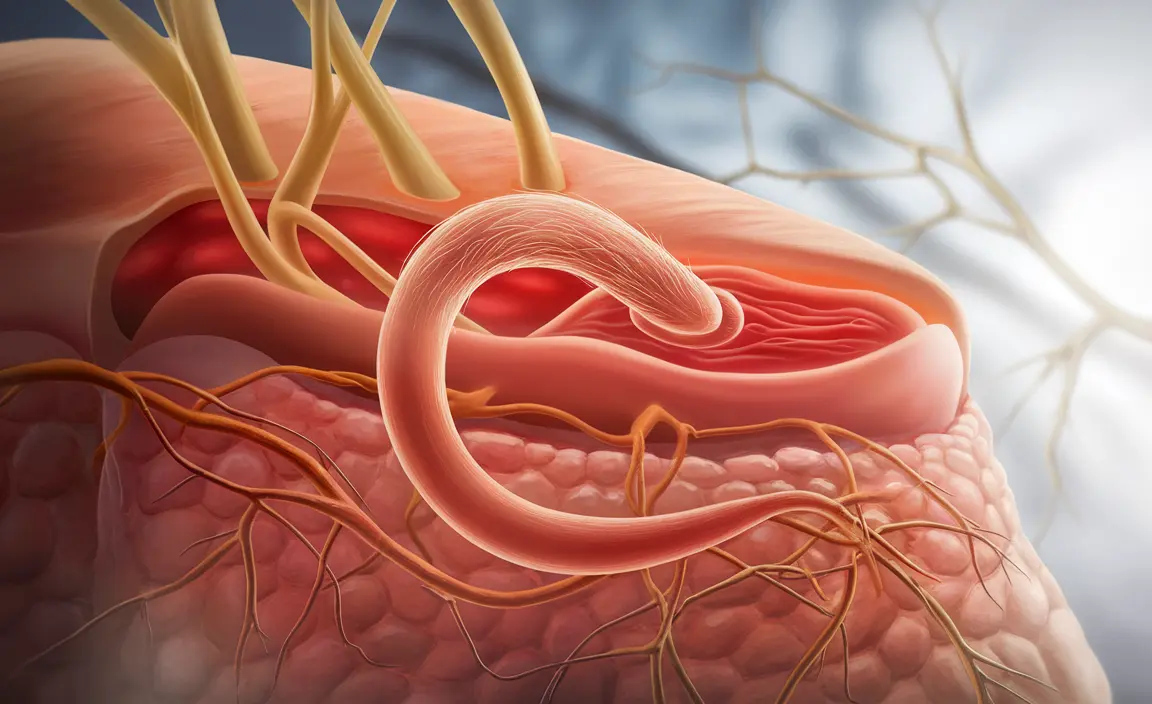An ingrown hair cyst can be an uncomfortable and sometimes painful skin condition that affects many people who regularly remove body hair. These cysts form when a hair grows back into the skin instead of emerging normally, leading to inflammation and potential complications if not properly managed.
Understanding how these cysts develop, recognizing their symptoms, and knowing the best treatment approaches can help you manage this common condition effectively and prevent future occurrences.
What Is an Ingrown Hair Cyst?
An ingrown hair cyst develops when a hair follicle becomes blocked and infected, causing a fluid-filled bump beneath the skin's surface. Unlike simple ingrown hairs, these cysts are typically larger, more painful, and may require specific treatment approaches to resolve properly.
Common Causes and Risk Factors
Several factors can increase your likelihood of developing an ingrown hair cyst:
- Tight clothing that causes friction
- Improper shaving techniques
- Coarse or curly hair texture
- Regular waxing or plucking
- Dead skin cell buildup
- Hormonal changes
People with thicker, coarser hair are particularly susceptible to developing these cysts, especially in areas where hair removal is frequent.
Signs of Infection
Identifying whether an ingrown hair cyst has become infected is crucial for proper treatment. Watch for these warning signs:
- Increased redness and warmth around the cyst
- Significant swelling
- Severe pain or tenderness
- Pus or discharge
- Fever or general illness
- Spreading redness beyond the initial area
Effective Home Treatment Methods
Many ingrown hair cysts can be safely treated at home using these approaches:
- Warm compresses applied 3-4 times daily
- Gentle exfoliation of the affected area
- Over-the-counter antiseptic solutions
- Keeping the area clean and dry
- Avoiding tight clothing around the affected area
- Refraining from picking or squeezing the cyst
Prevention Strategies
Taking preventive measures can significantly reduce your risk of developing ingrown hair cysts:
- Use sharp, clean razors
- Shave in the direction of hair growth
- Exfoliate regularly but gently
- Use appropriate shaving cream or gel
- Consider alternative hair removal methods
- Keep skin moisturized
- Allow skin to rest between hair removal sessions
When to Seek Medical Care
While many ingrown hair cysts resolve with home care, certain situations warrant professional medical attention:
- Cysts that persist beyond two weeks
- Signs of severe infection
- Multiple cysts occurring simultaneously
- Cysts in sensitive areas
- Recurring cysts in the same location
- Development of fever or systemic symptoms
Frequently Asked Questions
What causes an ingrown hair cyst to form and who is most at risk?
Ingrown hair cysts form when a hair grows back into the skin instead of emerging normally, causing inflammation and infection. People with coarse or curly hair, those who frequently remove body hair, and individuals who wear tight clothing are at higher risk.
How can I tell if an ingrown hair cyst is infected and needs medical attention?
Signs of infection include increased redness, warmth, severe pain, pus discharge, and spreading inflammation. If you experience these symptoms or develop a fever, seek medical attention immediately.
What are effective home treatments for managing an ingrown hair cyst?
Effective home treatments include applying warm compresses, gentle exfoliation, keeping the area clean, using over-the-counter antiseptics, and avoiding tight clothing that might irritate the area.
When should I see a doctor for an ingrown hair cyst instead of trying to treat it at home?
Seek medical care if the cyst persists beyond two weeks, shows signs of severe infection, occurs with multiple cysts, appears in sensitive areas, or is accompanied by fever or other systemic symptoms.
What steps can I take to prevent ingrown hair cysts from developing after shaving or waxing?
Prevent ingrown hair cysts by using sharp, clean razors, shaving in the direction of hair growth, exfoliating regularly, using proper shaving products, and allowing skin to rest between hair removal sessions. Consider alternative hair removal methods if you're prone to cysts.




